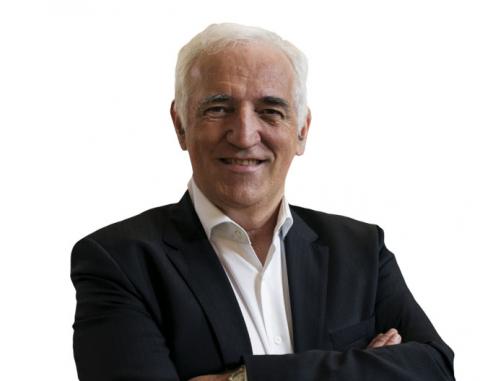The HL-LHC annual meeting, held on 15 October, had a particular significance this year: we’re halfway between the beginning of the project in 2010 and the scheduled start-up of the machine for physics in 2026. At this point, the project is exactly where it should be. Civil engineering and technological developments are progressing well and the spending profile remains on course and on budget.
The HL-LHC project is a global endeavour with contributions coming not only from the CERN Member and Associate Member States, but also from some 13 other countries around the world. This was highlighted at the annual meeting by the participation of the Directors-General of Japan’s high-energy physics laboratory, KEK, and of Spain’s CIEMAT. Among non-Member States, the USA is a major partner, while Canada, Japan and China have recently joined and Russia is likely to come on board soon.
Progress to date has been good across the board. Civil engineering is advancing well, with new access shafts on schedule for completion around the end of the year and new tunnels as near completion as possible while the LHC is running. The underground civil engineering work will be finished in LS2. The HL-LHC requires a good deal of new technology: for magnets, for the innovative crab cavities that will steer the beams to maximise the number of collisions, and for the leads that will carry electrical current into the magnets. The HL-LHC meeting report in this Bulletin gives the full details, so I’ll highlight just one aspect here.
A key feature of the new technology is the use of novel forms of superconductor. Some of the new magnets, for example, will use niobium-tin wire. This is a technology that was investigated for the LHC, but deemed at the time to be insufficiently mature. The niobium-tin compound is brittle, which makes it difficult to wind into magnet coils. Its advantage for the HL-LHC, however, is that it is able to withstand higher magnetic fields than the niobium-titanium wire used in the LHC’s magnets. This makes it extremely valuable for the HL-LHC, in which high field densities are key to achieving high luminosity. It also means that the HL-LHC will be an important test bed for this emerging technology.
Another example is the magnesium diboride superconductor, which is being tested with a view to using this relatively inexpensive material for the transfer lines that will carry current into the HL-LHC magnets. Magnesium diboride has a high critical temperature for a conventional superconductor, which makes it an interesting potential candidate for commercial electricity transmission. In this area as well, the HL-LHC will be a valuable test bed for industry. All in all, as we pass the halfway point, the HL-LHC is shaping up well as a laboratory not only for fundamental physics, but also for technical innovation.
All in all, the HL-LHC is shaping up to be a worthy successor to the LHC, which is having another spectacular year. As Run 2 proton physics came to an end last week, its mission was accomplished. Over 185 fb-1 have been delivered since 2010, comfortably surpassing the target of 150 fb-1. There remain some 24 days of lead ion running this year to end Run 2 in style.
As we go through the long shutdown, coordinated preparations for Run 3 and the HL-LHC will be crucial to the long-term future of CERN. When Run 3 gets under way in 2021, we aim to start confident that we will reach a total integrated luminosity of over 300 fb-1 before the end of 2023. The HL-LHC will take over in 2026, with the goal of reaching 3000 fb-1 by 2037.
Read also the article about the HL-LHC annual meeting and the LHC Report.

